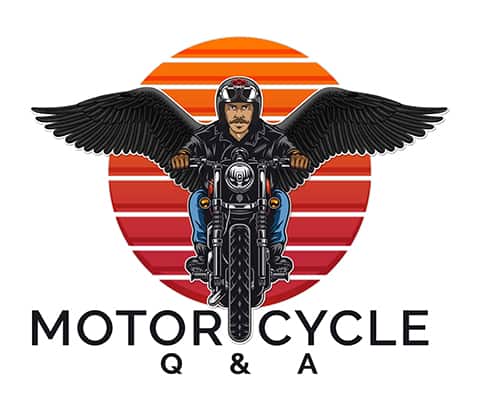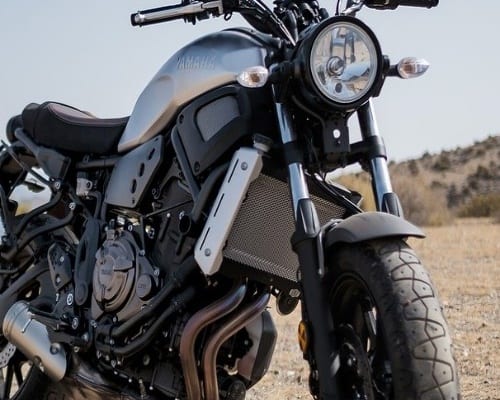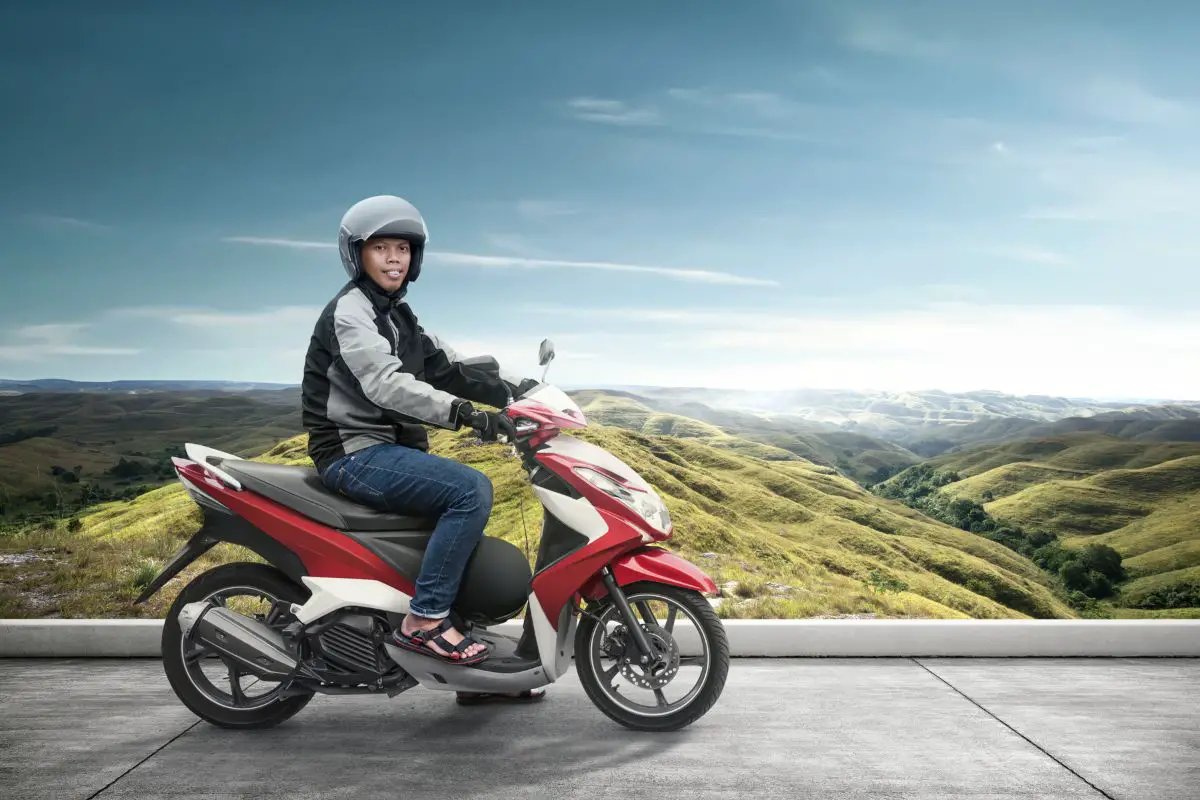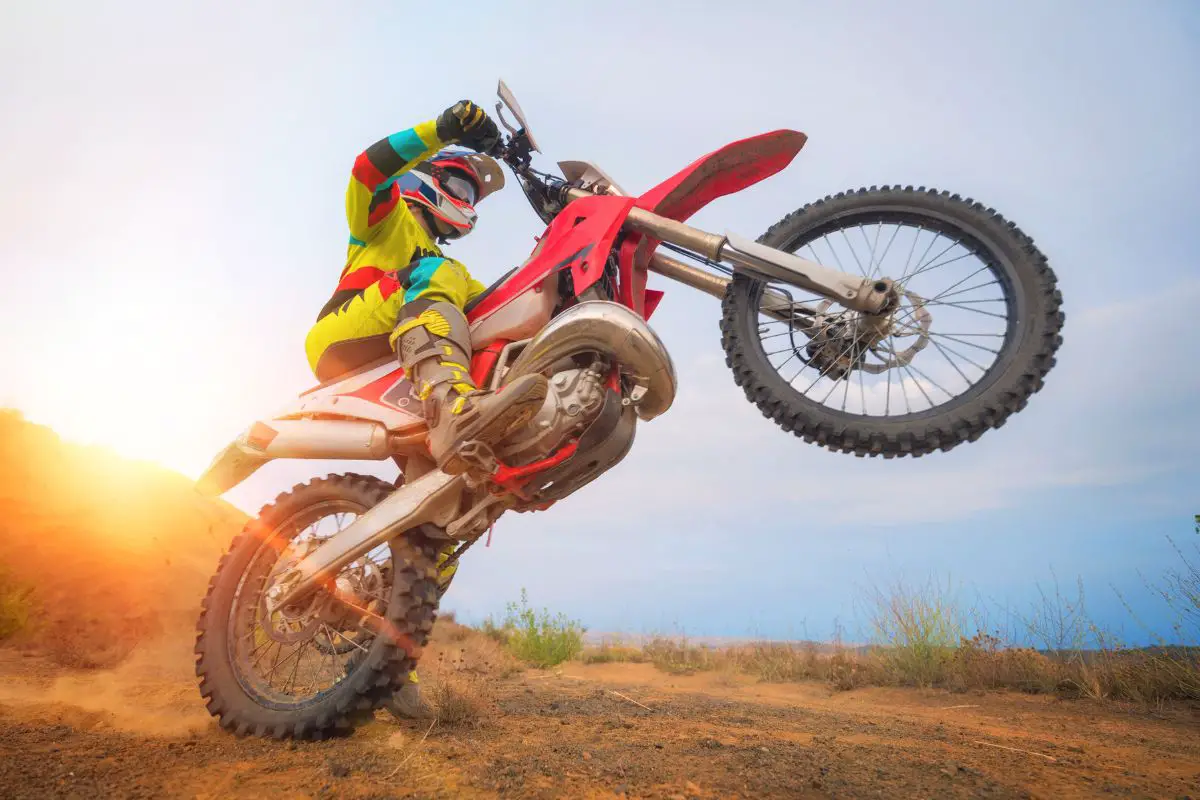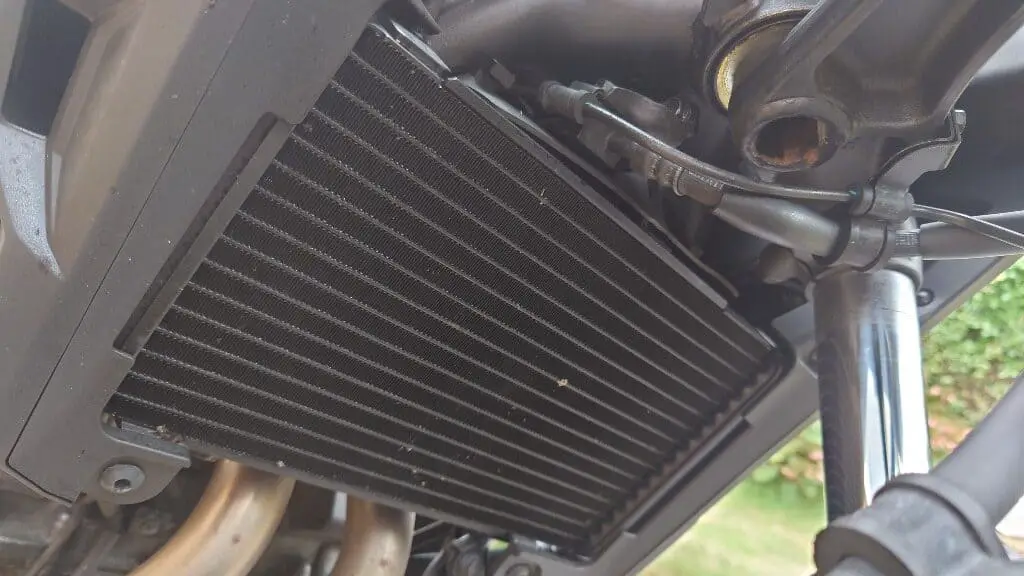
Radiators are becoming more typical for motorcycles that produce a huge amount of heat. As engines are becoming more powerful, the heat that is produced has to be dispersed.
So, can a motorcycle run without a radiator? A motorcycle can run without a radiator, but you will need to run the engine for as shorter time as possible as an engine can quickly develop hot spots.
The type of system that uses a radiator to cool down a motorcycle engine is called liquid-cooling. This system is the most effective way to cool down your motorcycle engine and the most efficient.
I want to thank the sponsors of this post-EMANUALONLINE. Using their service, you can download your motorcycle or car manual to your mobile phone or any other device, so you will have it handy should you ever be out and about and need to use it. You can visit their website by clicking the icon below and using the code BUDDY15 to get a 15% discount.
The way the system works is by using internal channels developed within the engine’s crankcase. These channels allow liquid-coolant to flow all around the engine, which cools the engine down to its running temperature.
The radiator pump then forces the coolant throughout the engine, which carries the heat of the engine back to the radiator to be cooled down. It then is recirculated back throughout the engine again.
As well as the radiator cooling the engine whilst it is running, fans will provide additional cooling, which keeps the engine running at its optimum temperature. This is why, for example, when you are sitting at traffic lights on a hot day, you may hear the fans of the engine kick in.
Liquid-cooled engines are better for the environment, less noisy, and more efficient than air-cooled systems.
Once you disconnect the radiator from the engine, this cooling method will no longer operate, and so the engine will not be able to cool down. However, running the engine for a short amount of time should not halm the engine as long as you do not allow it to heat up.
However, as mentioned above, there can be hot spots within the engine that can heat up very quickly, so be careful if you have to run the engine without the cooling system being fully operational.
Which Coolant Should You Use For A Motorcycle?
When changing the coolant in your motorcycle, you should only use specific engine coolant or antifreeze for motorcycles. This will ensure long-lasting cooling performance.
You should never mix different coolant colors as there are more than one type of coolant available and the different colors help identify which one is which.
The two types of coolant are:
- Propylene Glycol
- Ethylene Glycol
Propylene Glycol is often accepted as the best option for motorcycles, which is safer to use than Ethylene Glycol. It is not poisonous and safer to use around children and pets.
How Often Should You Change Motorcycle Coolant?
Changing the coolant in your motorcycle should be quite a straightforward process.
So, how often should you change your motorcycle coolant?
You should change the coolant on your motorcycle fairly regularly, at least once a year, as its performance deteriorates over time.
It would be best to mix the coolant with some ionized water, which prevents scale buildup caused by impure water.
Most motorbikes have a coolant capacity of three to four litres, but this can vary so do check for your specific make and model of bike.
It is always best to check your motorcycles owner’s handbook for the correct recommended schedule for replacing the coolant. If you have more than one motorcycle, they could very well differ from each other.
Most of the coolants on today’s market are pre-mixed and ready to be added straight away. Still, some are pure antifreeze and must be mixed with distilled water, usually at a ratio of 50/50 but check the package for instructions if this is not the case for the specific one you have purchased.
What Items Do You Need To Change The Coolant On A Motorcycle
Changing your motorcycle coolant should be quite a simple job if you have the correct tools.
So, what items do you need to change your motorcycle coolant?
- Pure Coolant
- Distilled Water
- Alternatively pre-mixed Coolant
- A Funnel
- Screwdrivers
- Tray
- Clean Cloths
Firstly, you will need enough pure coolant and distilled water to create the correct amount of liters your motorcycle requires for the change. (Do not use tap water or water that has not been distilled)
Alternatively, you will need enough pre-mixed coolant.
You will need a funnel, correct screwdrivers, and Allen keys to remove the fairings and any panels. This will enable you to gain access to the main drainage bolt. Check the correct size of the socket you will require by placing a few over the bolt from your socket set.
You will also need a tray for collecting the old coolant once you drain it and a clean cloth to clean up any spillages.
Danger
You will need to allow the engine to cool down before you attempt to change the coolant as the coolant becomes pressurized when the engine is running, and if you remove the main drain bolt before the liquid has cooled, you could get scalded.
How Do You Change The Coolant On A Motorcycle? A 14 Step Guide
Changing the coolant on your motorcycle is a fairly straight forward process and will save you money if you can do it yourself.
Here is how change the coolant on my motorcycle:
- Place your motorcycle in an upright position on its center stand or use a paddock stand.
- You may need to take off most of the fairing to get access to the radiator cap, the header tank cap, and the drain bolt on some motorcycles. If the drainage bolt is located on the same side as your side stand, place your bike onto the side stand to start the coolant draining process.
- Most of the time, drainage bolts are found on the lowest part of the cooling system or the coolant pump’s housing. If your motorcycle doesn’t have a drain bolt, you will have to remove the lowest hose to drain the system’s coolant. Don’t forget to allow the coolant to cool before disconnecting the hose.
- For those with drain bolts, place a tray under the drain bolt and then take off the radiator cap to release the pressure so that when you release the drain bolt, the coolant will flow out easily.
- Unscrew the bolt allowing the coolant to drain out into the tray, and be careful to remove any washer which may be present.
- After the coolant has drained, clean the bolt and the washer and the exit hole, and re-fit the bolt and washer, replacing the washer if necessary. Make sure that when you replace the bolt, you have tightened it correctly.
- Next, you will need to prepare the coolant if you have a mixture and place the funnel into the hole where the radiator cap fits onto.
- Carefully fill the radiator with the coolant using the funnel, pausing regularly to allow any trapped air to escape. Squeeze the hoses gently to release any trapped air and fill the radiator up to the point where the cap’s boom will be when it is fitted.
- Once you have re-fitted the radiator cap, pour the coolant into the header tank, so the coolant shows that it is halfway between the upper and lower point fill marks. Use any bleed bolts to remove any air and then re-tighten.
- Start the engine, let it tick over for a minute or so, and check that there are no leaks. Any trapped air should also be released at this time.
- Once you have turned the engine off, take off the radiator filler cap and check the coolant level, topping it up if required. Also, recheck the header tank level and top this up if required.
- You will now need to re-start the engine again and this time, let the engine run long enough for the cooling fan to start working. Once the cooling fan has engaged, turn the engine off and cool once more, and re-check the coolant levels. Top up as required.
- Coolant can corrode plated metal parts, so clean any coolant off from the bodywork using soapy water and a cloth and re-fit any panels and fairings you may have removed.
- You have now completed your coolant change!
